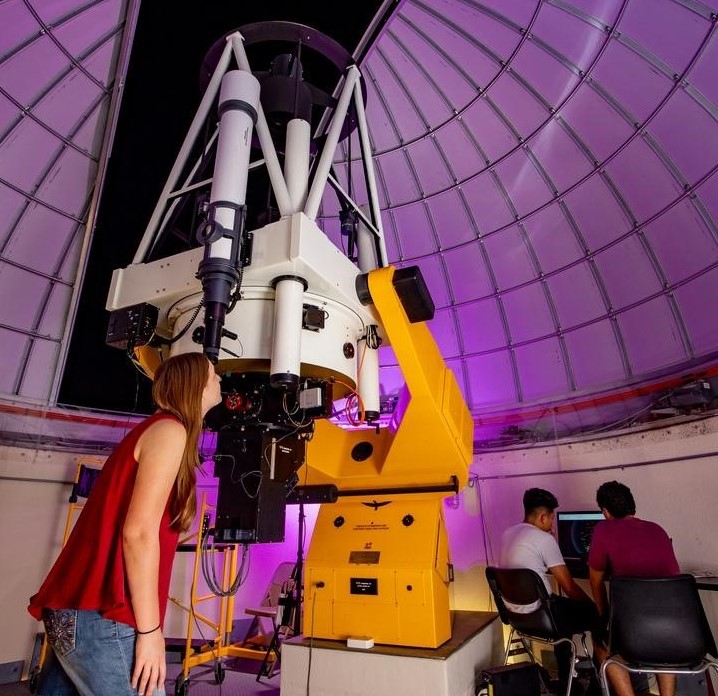Document Type
Article
Publication Title
The Astrophysical Journal
Abstract
A self-consistent model of the interstellar pickup protons, the slab component of the Alfvenic turbulence, and core solar wind (SW) protons is presented for r {>=} 1 along with the initial results of and comparison with the Voyager 2 (V2) observations. Two kinetic equations are used for the pickup proton distribution and Alfvenic power spectral density, and a third equation governs SW temperature including source due to the Alfven wave energy dissipation. A fraction of the pickup proton free energy, f{sub D} , which is actually released in the waveform during isotropization, is taken from the quasi-linear consideration without preexisting turbulence, whereas we use observations to specify the strength of the large-scale driving, C{sub sh}, for turbulence. The main conclusions of our study can be summarized as follows. (1) For C{sub sh} Almost-Equal-To 1-1.5 and f{sub D} Almost-Equal-To 0.7-1, the model slab component agrees well with the V2 observations of the total transverse magnetic fluctuations starting from {approx}8 AU. This indicates that the slab component at low-latitudes makes up a majority of the transverse magnetic fluctuations beyond 8-10 AU. (2) The model core SW temperature agrees well with the V2 observations for r {approx}> 20 AU if f{sub D} Almost-Equal-To 0.7-1. (3) A combined effect of the Wentzel-Kramers-Brillouin attenuation, large-scale driving, and pickup proton generated waves results in the energy sink in the region r {approx}< 10 AU, while wave energy is pumped in the turbulence beyond 10 AU. Without energy pumping, the nonlinear energy cascade is suppressed for r {approx}< 10 AU, supplying only a small energy fraction into the k-region of dissipation by the core SW protons. A similar situation takes place for the two-dimensional turbulence. (4) The energy source due to the resonant Alfven wave damping by the core SW protons is small at heliocentric distances r {approx}< 10 AU for both the slab and the two-dimensional turbulent components. As a result, adiabatic cooling mostly controls the model SW temperature in this region, and the model temperature disagrees with the V2 observations in the region r {approx}< 20 AU.
DOI
10.1088/0004-637X/757/1/74
Publication Date
9-20-2012
Recommended Citation
Gamayunov, Konstantin V.; Zhang, Ming; Rassoul, Hamid K.; Pogorelov, Nikolai V.; and Heerikhuisen, Jacob, "Self-Consistent Model Of The Interstellar Pickup Protons, Alfvenic Turbulence, And Core Solar Wind In The Outer Heliosphere" (2012). Aerospace, Physics, and Space Science Faculty Publications. 383.
https://repository.fit.edu/apss_faculty/383


